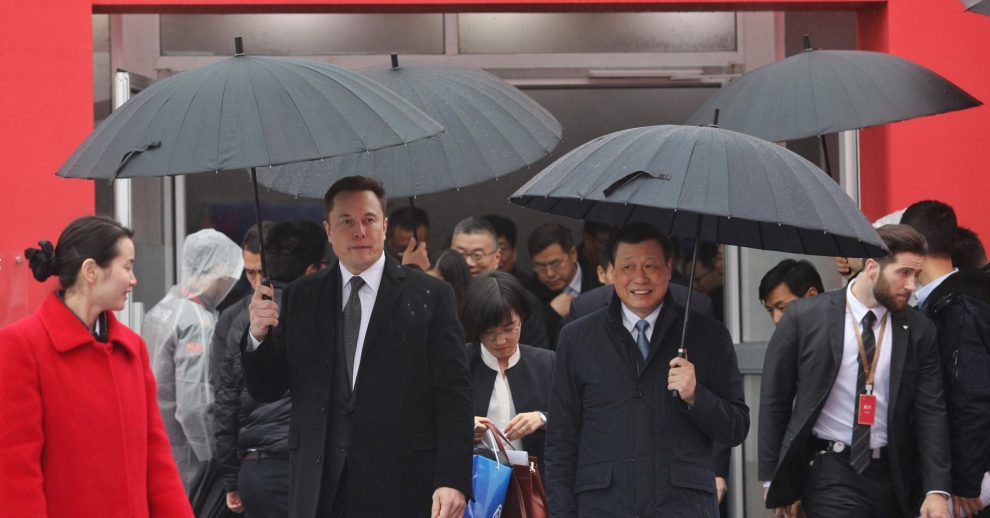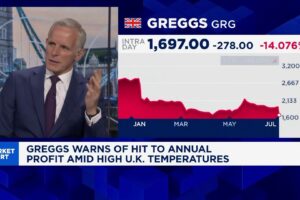Tesla investors await updates on service improvements, the Shanghai Gigafactory and Model 3 margins. Read more...
With Tesla set to release first-quarter results late Wednesday, investors want to know how much demand remains for its Model 3 electric sedans and whether they can be delivered profitably. Institutional investors are also wondering if Tesla will raise capital soon, as the company is still fighting to become a mainstream carmaker with a foothold in China, the world’s largest market for electric vehicles today.
Among some of its recent challenges, sales of Tesla’s Model 3 lagged behind analysts’ expectations in the first three months of 2019, just as the company had to pay off around $1 billion in bond obligations and other deferred debts. To rein in spending, Tesla slowed production of its older Model S and X vehicles, laid off thousands of employees and closed what it said were underperforming stores.
In October 2018, Tesla said its gross margins on the Model 3 was “more than 20%.” But in the first quarter this year, it dropped prices on the electric sedans, in part to make them accessible to buyers in the US, but especially in China. One of the big questions on Wednesday’s report will be how those price changes have affected margins.
CEO Elon Musk urged employees from all divisions to volunteer to deliver cars to customers before the end of the quarter, indicating that Tesla is still struggling with what the CEO called “delivery and logistics hell” in late 2018.
But the company also showed some forward motion during the quarter. It unveiled its long-anticipated Model Y crossover SUV and introduced a new V3 Supercharger to let Tesla drivers power up their cars a bit faster. It also delivered over-the-air software updates to cars, including Dog Mode and Sentry Mode, which delighted drivers.
Tesla is expected to post a loss of $0.69 per share on revenue of $5.2 billion, according to a consensus of analysts surveyed by Refinitiv.
At the end of 2018, Tesla executives told investors their 2019 goals would be to reduce costs, ship as many cars as possible, get Tesla’s Shanghai factory up and running to help meet demand in China, and improve service in North America where customers have faced long wait times for repairs and spare parts. Investors will be looking for signs of progress on any of these fronts.
CEO Elon Musk said last quarter about Tesla’s service issues: “We’ve been just, like, super dumb in some of the things we’ve done,” recounting how the company sent vehicle parts that were made in China to the U.S., then back to service centers in China when they were needed.
Tesla will have to navigate these challenges without the help of executives who recently exited the company including ex-General Counsel Dane Butswinkas, and Michael Schwekutsch, who was VP of Engineering at Tesla for about four years before joining Apple‘s Special Projects Group in March.
Because Tesla announced the retirement of CFO Deepak Ahuja during its last earnings call, Wednesday’s will be the first led by Musk with CFO Zach Kirkhorn.
Even with all these changes underway, Musk has added grander ambitions to Tesla’s stated goals for 2019. At an event about autonomous vehicles on Monday, he gave guidance that Tesla will have truly self-driving cars on the road next year, and 1 million of them would be ready to work as robotaxis.
“I feel very confident predicting autonomous robotaxis for Tesla next year. Not in all jurisdictions because we won’t have regulatory approval everywhere. But I am confident we will have at least regulatory approval somewhere literally next year,” Musk said.
Analysts were generally skeptical. Cowen analysts wrote, “The Tesla Network robotaxi plans seemed half baked, with the company appearing to either not have answers to or not even considered pretty basic question on the pricing, insurance liability, or regulatory and legal requirements.”
Tesla stock traded down about 4% on Monday, and closed higher by less than 1% on Tuesday. The stock is down about 30% from its most recent peak in December, and down about 9% from a year ago.








